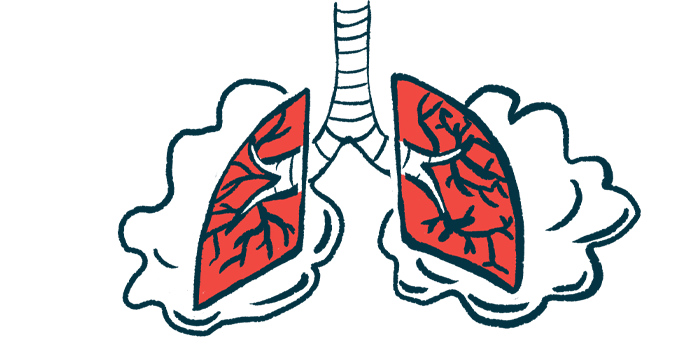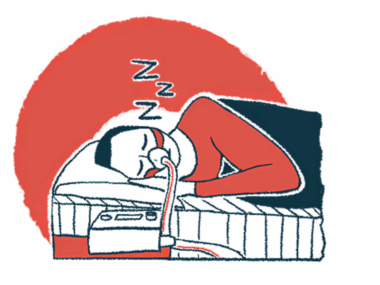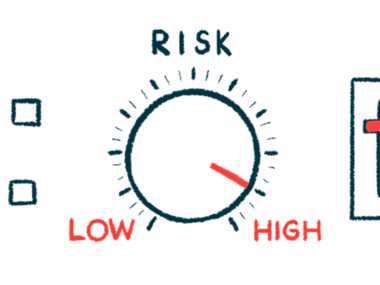Older Age, Blood Analysis Aid in Predicting Myasthenic Crisis Severity
Written by |

Older age, moderate‐to‐severe anemia, and extremely high white blood cell counts were significant predictors of in‐hospital mortality in myasthenia gravis (MG) patients having a myasthenic crisis — marked by severe difficulties in breathing that require mechanical ventilation — a study from Taiwan reported.
The study, “Hemogram parameters can predict in-hospital mortality of patients with Myasthenic crisis,” was published in the journal BMC Neurology.
MG is caused by self-reactive antibodies that mistakenly attack proteins involved in nerve-muscle communication, causing patients to experience muscle weakness, including of the muscle that control breathing.
Alterations in blood parameters are commonly detected across different diseases and assessing them via a hemogram — a comprehensive blood analysis — has proven useful, with several blood markers showing a potential to predict disease worsening.
However, whether hemogram findings can help in predicting outcomes in MG patients is currently unknown.
Researchers at the Chang Gung University College of Medicine in Taiwan retrospectively analyzed clinical data obtained from several hospitals to assess whether hemogram findings could help to estimate the in-hospital mortality risk of MG patients in respiratory failure.
The analysis included 188 MG patients — 105 men and 83 women, with a mean age of 55.59 at the onset of a myasthenic crisis, defined as the need for mechanical ventilation while hospitalized for acute breathing difficulties. Patients who also required ventilator assistance for more than one day after undergoing surgery were included.
During the crisis, five patients had a heart attack (acute myocardial infarction) and 17 others experienced acute kidney injury. In 45 people, the myasthenic crisis occurred at the time of MG diagnosis, so no treatment had yet been given.
Among the 143 other patients, 33 were using pyridostigmine (marketed as Mestinon, Regonol, or generic brands), a common MG treatment. Disease-modifying therapies (DMTs), administered either alone or in combination with prednisolone, were given to the other 110 patients.
Plasma exchange (plasmapheresis) was used as a management therapy for acute cases — 109 in total. Of note, plasmapheresis involves replacing a person’s plasma, the non-cellular, liquid portion of blood. This process is thought to help manage MG by removing the self-reactive antibodies from the bloodstream.
Patients were hospitalized for a mean of 23.99 days. Of the 188 people whose data was analyzed, 27 died while being given mechanical ventilation, including 20 within two weeks of intubation. The other 161 patients were successfully removed from the ventilator, a process called extubation.
Among them, 16 returned to mechanical ventilation within three days of extubation, and 12 of them remained on mechanical ventilation for more than two weeks. In total, 15 patients died after extubation.
The overall in-hospital mortality rate was 22% (42 out of 188 patients), and the reintubation rate was 10% (16 out of 161).
Researchers obtained results of hemograms taken within three days before intubation for 165 patients, and analyzed data from the latest of those hemograms. Among the 161 patients who survived extubation, 117 had data from a hemogram conducted within three days before extubation, again with the latest results analyzed.
The team then divided the 165 patients with hemogram data before intubation into two groups: those who died, and those who survived the procedure.
Deceased patients had significantly lower concentrations of hemoglobin and platelets in their blood compared with those who survived. Hemoglobin is the protein in red blood cells responsible for oxygen transport.
More patients who died also had moderate-to-severe anemia (61.5% vs 21.6%) and extremely low platelet counts (50% vs 24.5%) compared with those who survived.
Plasma exchange was found to significantly lower the risk of mortality.
Older age at time of the myasthenic crisis, moderate-to-severe anemia, and extremely high white blood cell counts (a condition known as leukocytosis) were significant predictors of mortality. Overall, this analysis for predicting mortality during mechanical ventilation had an accuracy of 87.9%.
Researchers noted that 26 of the patients who died during ventilation were “significantly older” at crisis onset (average age, 66.73) than those who survived (average age, 52.42).
To assess likely predictors of death following extubation, researchers also divided the 117 patients with relevant hemogram data into two groups: those who died and those who survived.
Moderate-to-severe anemia before extubation and no DMT use before the myasthenic crisis were deemed as “crucial predictors.” Older age at the time of the myasthenic crisis, while not showing statistical significance, was associated with a higher risk of mortality after extubation, according to the researchers.
Acute kidney injury, which was more frequent among patients who died, had no predictive value. This analysis for predicting mortality following extubation had an accuracy of 93.2%.
These findings suggest “both older age at MC [myasthenic crisis] onset and moderate‐to‐severe anemia are important predictors of in‐hospital mortality in patients with MC, and extreme leukocytosis is another crucial predictor of mortality during mechanical ventilation,” the researchers wrote.
“Anemia-induced hypoxia,” they added, “may enhance the release of proinflammatory cytokines, exacerbate systemic inflammation, and lead to [multiple organ failure] and, finally, death.”







Leave a comment
Fill in the required fields to post. Your email address will not be published.